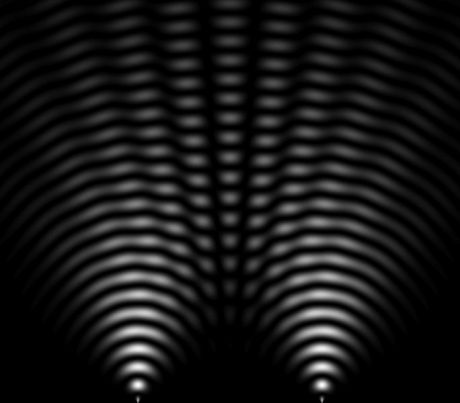
A central problem in quantum physics is the development of experimental tools to obtain information about the states of matter and radiation, such as photon. EU-funded scientists worked on ways to measure the state of individual quanta of light.
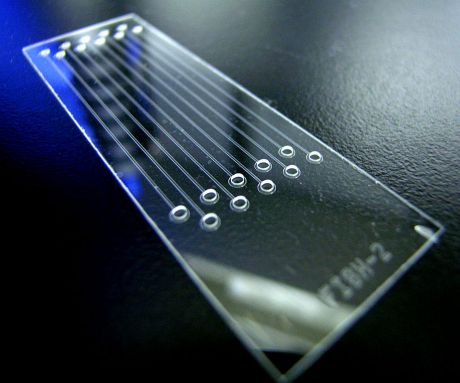
Doing more with less is the mantra of our era and this is mostly evidenced by the drive towards miniaturisation in next-generation electronic systems, fuel cells and medical devices. However, the push for smaller parts requires accurate and cost-effective micro-manufacturing techniques.
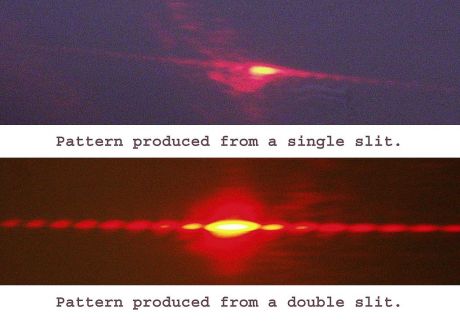
The ability to tune the interaction between light and matter at the quantum level paves the path to quantum computing and sensing. EU-funded scientists have provided the theoretical framework that promises to make implementation realisable.
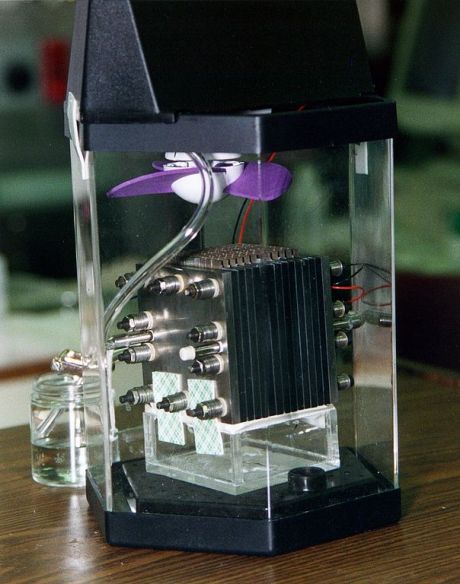
Lifetime and reliability are two of the most critical issues for successfully commercialising solid oxide fuel cell (SOFC) technology. EU-funded scientists revealed which mechanisms are responsible for degrading SOFC performance.

EU-funded scientists have demonstrated a radically different and green propulsion system for manned and unmanned aerial vehicles, Based on a rotating wing system, the cyclorotor could revolutionise aircraft flight.

An EU team assessed and helped to foster innovation in European regional transportation. The Smart Specialisation Platform (S3P) approach yielded tailored roadmaps for each region, culminating in a set of strategic recommendations.
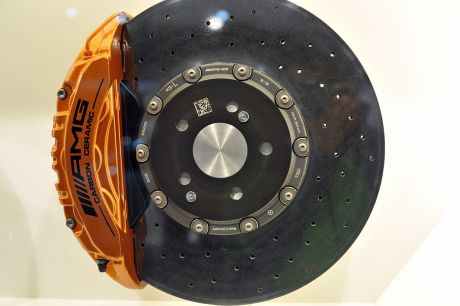
Ceramic materials hold highly desirable properties for many engineering applications; however, reliability and lifetime are their Achilles heel. An EU-funded research team combined experimental and numerical methods to address these weaknesses.

EU-funded scientists successfully designed a digital-to-analogue (DAC) converter that demonstrates low distortion at high output frequencies. Pure waveforms are particularly important for new-generation wireless communications systems, cable TV or radio frequency equipment that demand high data rates.

An EU initiative combined modern software, systems and knowledge engineering together with applications' experience of the process industry. This enabled the development of novel algorithms and a software platform for robust, adaptive predictive modelling applicable to different industries.
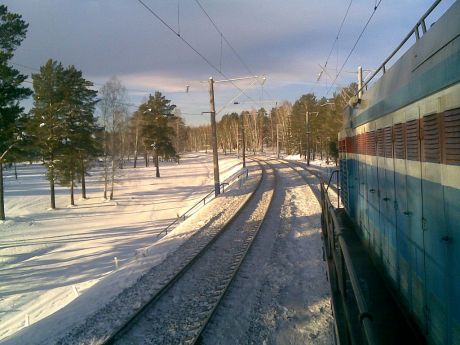
EU researchers are developing a new noise certification process for freight and passenger trains. Quieter trains are better for the environment, particularly for people living close to railway lines.
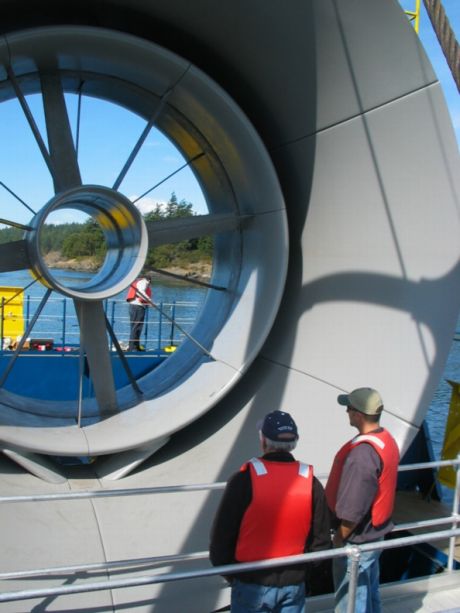
Relying solely on the orbits of the moon, Earth and Sun, tidal energy is reliable, inexhaustible and largely predictable. EU-funded researchers successfully developed a new type of tidal energy generator prototype that is significantly cheaper and more efficient, also replacing conventional magnetic materials.
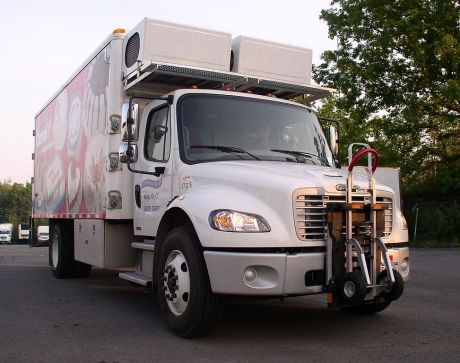
A new breed of urban public transport could fill the gap between mass and private transit options. An EU initiative introduced a novel urban transport system based on a new generation of vehicle.
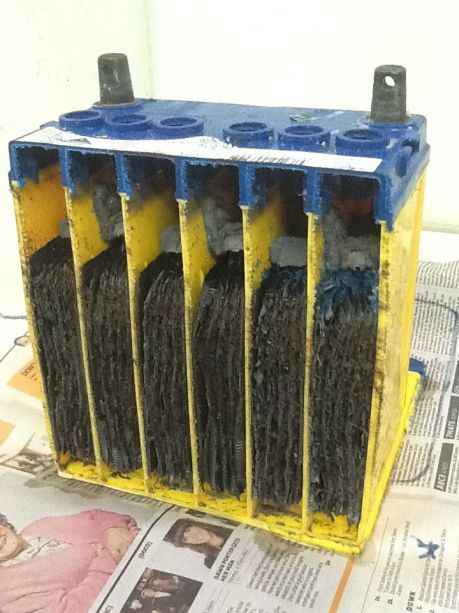
Despite the advances in fuel cells, substantial research work is still necessary to meet the expected capabilities. An EU-funded project made significant progress towards developing a control approach to cope with their challenging features.
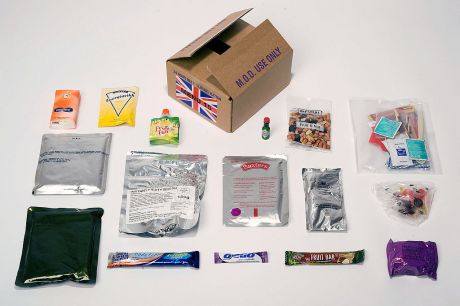
Lack of legislation and innovation in the European food packaging industry affect food safety and competitiveness. An EU initiative studied packaging safety and introduced innovative packaging materials.
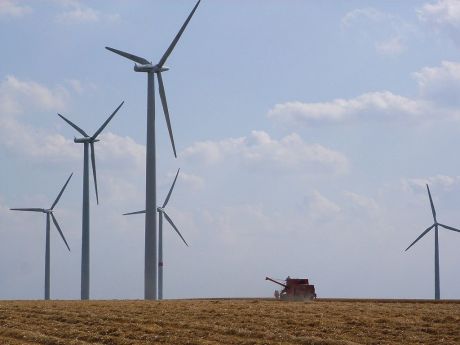
Variability of electrical output from wind turbines could pose a challenge in supply reliability if wind power is the only source of electricity. Using electricity from wind turbines to produce and store hydrogen can compensate for the intermittency of renewable energy sources (RESs).
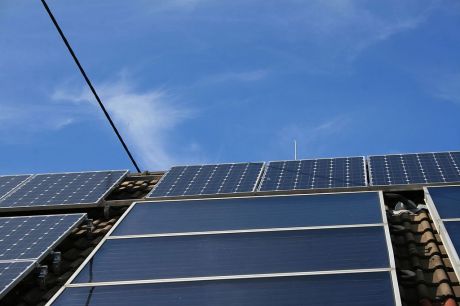
Low efficiency and high electricity costs pose a barrier to widespread implementation of concentrated solar power (CSP) technology. EU-funded researchers introduced novel concepts in the solar receiver design that facilitate the manufacturing process and decrease costs.
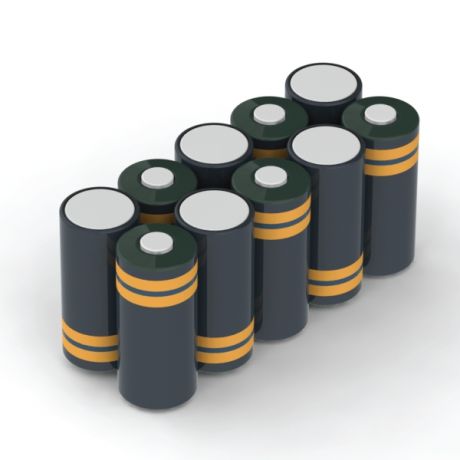
In the future, it should be possible to more efficiently store the Sun's and wind energy thanks to highly conducting ceramic materials.
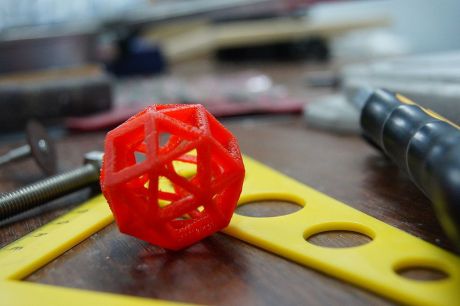
European researchers are biomimetically designing and 3D printing tissue and organs.
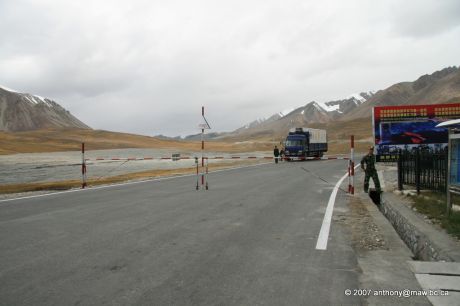
An EU study aimed to reverse the prejudice shown to peoples living around China's borders. Generally seen as undeveloped, the team gave an opposite viewpoint, highlighting historic trade plus modern cross-border relations and economic development.
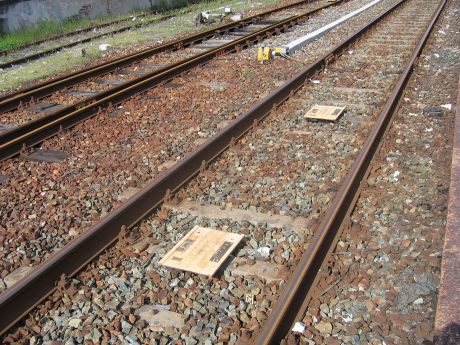
Achieving better interoperability in rail operation and security is seen as key. An EU initiative addressed various aspects of railway security under one integrated system to help rail operators and security authorities ensure safety for travellers.
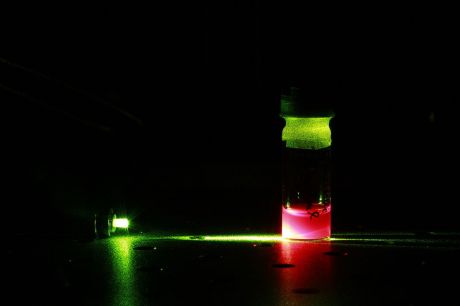
EU-funded researchers produced a tuneable laser oscillator that generates signals in the microwave, millimetre-wave and the terahertz (THz) frequency range. This ultra-high frequency oscillator could be a key innovation in the communications sector.
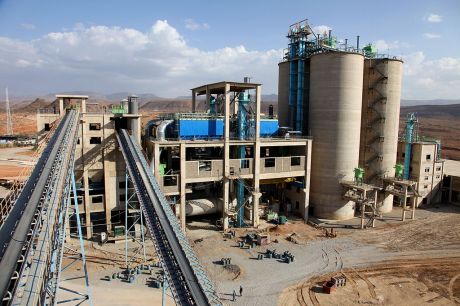
An EU initiative is overhauling the modern factory to make it more productive, more energy efficient and less wasteful – and thus more sustainable.
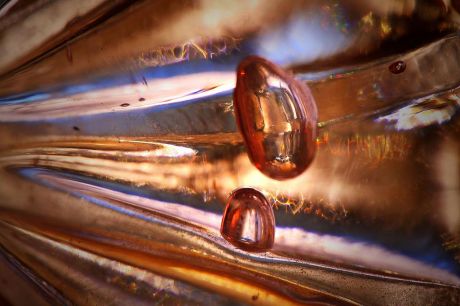
While light travels at just below 300 million metres per second in a vacuum, EU-funded researchers have investigated the possibility to slow it down and even keep it still.
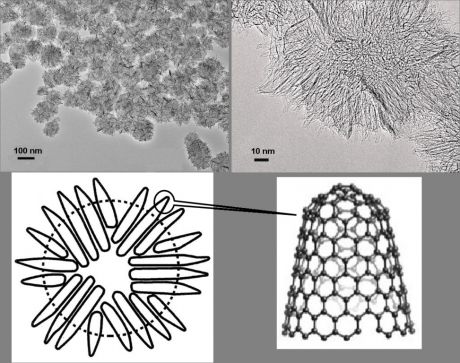
Quantum computation relies on information storage via qubits, or quantum bits. EU-funded scientists are investigating the potential use and physical mechanisms regarding the use of carbon nanotubes (CNTs) for qubit implementation.
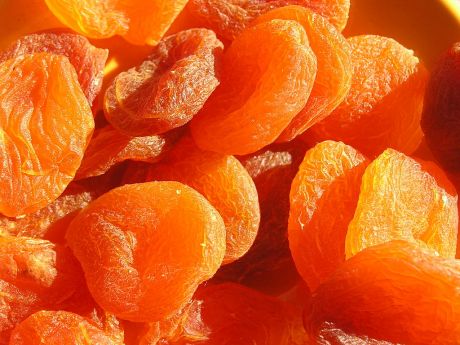
An EU-funded research initiative has developed technology that can kill pathogens found on fresh produce. The technology relies on plasma contained inside the packaging to neutralise bacteria.























